Year 5
The science inquiry skills and science as a human endeavour strands are described across a two-year band. In their planning, schools and teachers refer to the expectations outlined in the achievement standard and also to the content of the science understanding strand for the relevant year level to ensure that these two strands are addressed over the two-year period. The three strands of the curriculum are interrelated and their content is taught in an integrated way. The order and detail in which the content descriptions are organised into teaching and learning programs are decisions to be made by the teacher.
Incorporating the key ideas of science
Over Years 3 to 6, students develop their understanding of a range of systems operating at different time and geographic scales.
In Year 5, students are introduced to cause and effect relationships through an exploration of adaptations of living things and how this links to form and function. They explore observable phenomena associated with light and begin to appreciate that phenomena have sets of characteristic behaviours. They broaden their classification of matter to include gases and begin to see how matter structures the world around them. Students consider Earth as a component within a solar system and use models for investigating systems at astronomical scales. Students begin to identify stable and dynamic aspects of systems, and learn how to look for patterns and relationships between components of systems. They develop explanations for the patterns they observe.
(source: www.australiancurriculum.edu.au)
Achievement Standard
By the end of Year 5, students classify substances according to their observable properties and behaviours. They explain everyday phenomena associated with the transfer of light. They describe the key features of our solar system. They analyse how the form of living things enables them to function in their environments. Students discuss how scientific developments have affected people’s lives, help us solve problems and how science knowledge develops from many people’s contributions.
Students follow instructions to pose questions for investigation and predict the effect of changing variables when planning an investigation. They use equipment in ways that are safe and improve the accuracy of their observations. Students construct tables and graphs to organise data and identify patterns in the data. They compare patterns in their data with predictions when suggesting explanations. They describe ways to improve the fairness of their investigations, and communicate their ideas and findings using multimodal texts.
(source: www.australiancurriculum.edu.au)
- Plus Plan
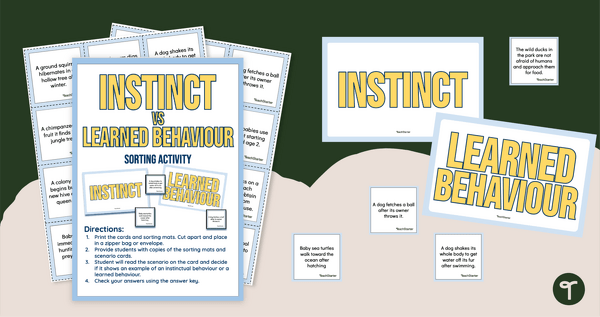
Instinct vs. Learned Behaviour Sort
Help your students determine the difference between a learned behaviour and an instinct with a thought-provoking sorting activity.
- Plus Plan
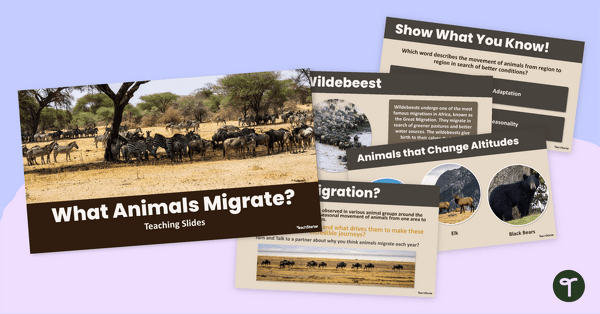
What Animals Migrate? Teaching Slide Deck
Discover why animals migrate and which ones make the longest journeys with an interactive teaching slide deck.
- Plus Plan

Desert Animal Adaptations - Trading Card Templates
Discover amazing desert animals’ adaptations and display your learning with printable animal trading card templates.
- Plus Plan
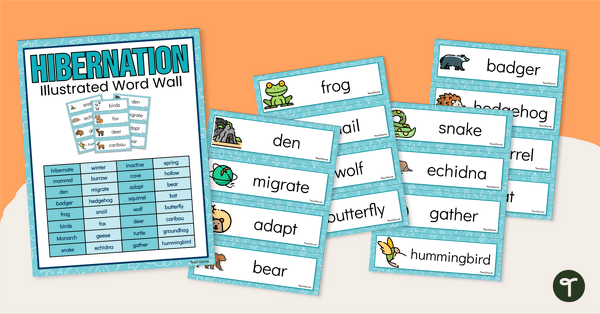
Hibernation Word Wall - Illustrated
Discover the world of hibernation-related vocabulary with an illustrated hibernating animals word wall display.
- Plus Plan
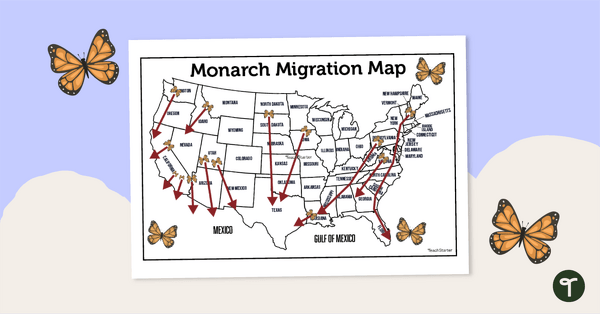
Monarch Butterfly Migration Map
Use a Monarch Butterfly Migration map to introduce your students to a natural phenomenon of migratory animal behaviour.
- Plus Plan
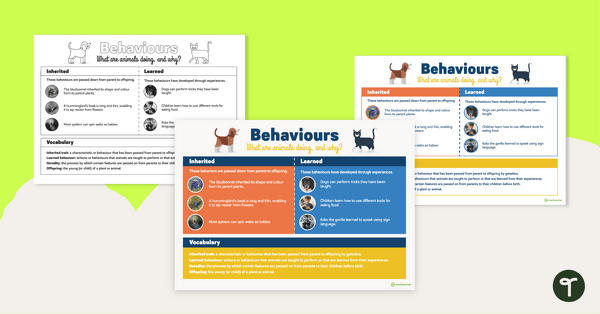
Inherited versus Learned Behaviours Poster
Explain the difference between inherited and learned behaviours with a set of printable anchor charts.
- Plus Plan
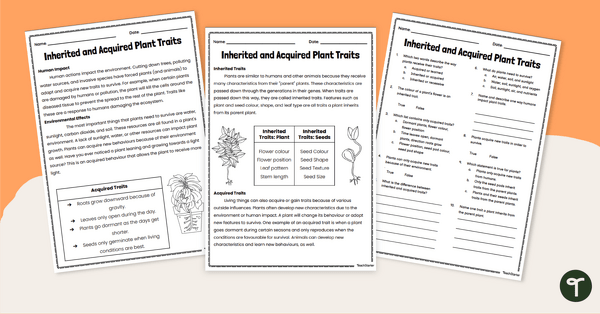
Inherited and Acquired Traits of Plants - Comprehension Worksheet
Read and learn about inherited and acquired traits in plants with a printable reading comprehension passage and worksheet.
- Plus Plan

Lab Safety Teaching Slides
Teach the important of science safety before conducting experiments with this 18-slide teaching presentation.
- Plus Plan
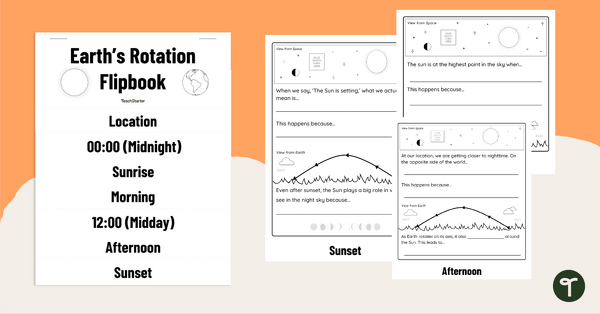
Earth's Rotation – Flipbook
Model and explain how Earth’s rotation causes the sun to move across the sky with this interactive flipbook.
- Plus Plan
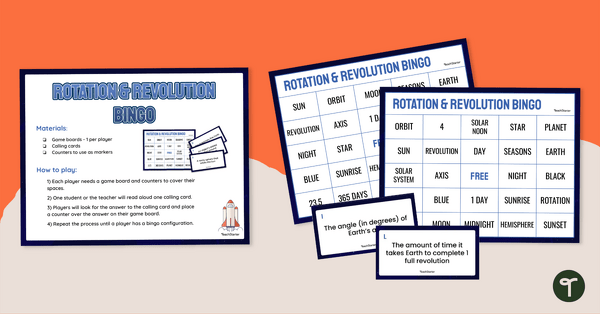
Rotation and Revolution Bingo
Engage your students with a lively game of bingo while learning about Earth’s rotation and revolution.
- Free Plan
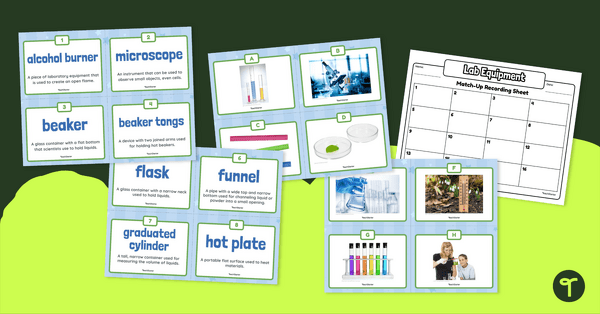
Lab Equipment Vocabulary – Match-Up Activity
Identify different types of science tools by matching vocabulary terms, pictures and definitions.
- Plus Plan
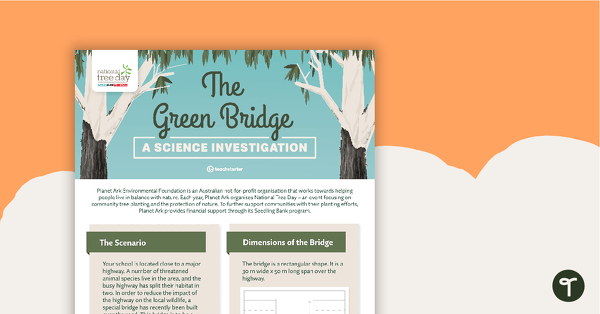
National Tree Day – The Green Bridge – A Science Investigation
A science investigation embedded in a real-world context, where students design a habitat to meet the needs of specific animals.
- Plus Plan

Refracting Telescope Poster – Diagram with Labels
A poster containing a diagram with labels showing the key parts of a refracting telescope.
- Plus Plan

In the Shadows Worksheet
A worksheet that explores the difference between shadows.
- Plus Plan
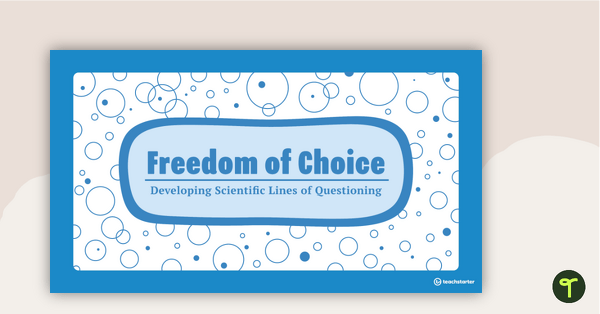
Freedom of Choice PowerPoint - Developing Scientific Lines of Questioning
A teaching presentation discussing the development of scientific lines of questioning.
- Plus Plan
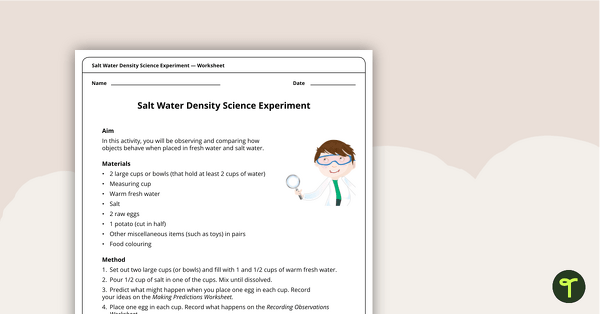
Salt Water Density Experiment
A hands-on science experiment about salt water density.
- Plus Plan

Tornado in a Jar Worksheet
A science activity that demonstrates some properties and effects of motion.
- Plus Plan
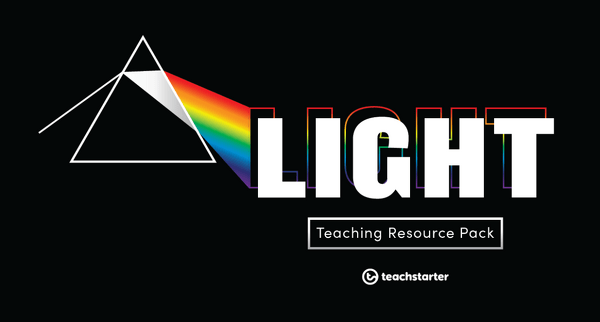
Light Teaching Resource Pack
A comprehensive set of posters, activities and worksheets related to the concept of light.
- Plus Plan
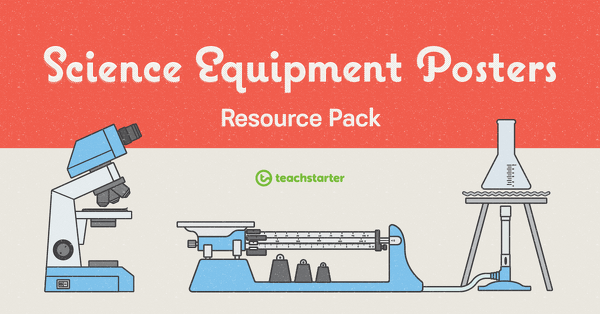
Science Equipment Poster Bundle for the Classroom
A poster resource pack containing a diagrams with labels showing the key parts of various pieces of scientific apparatus.
- Plus Plan
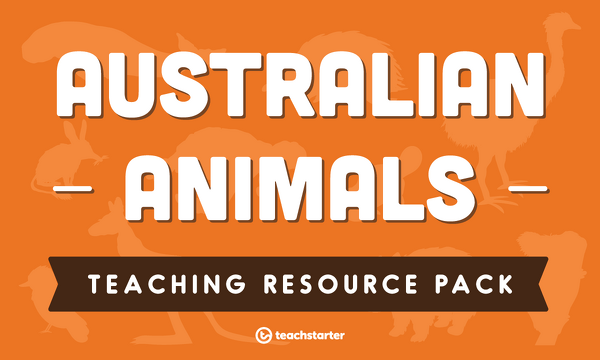
Australian Animals Teaching Resource Pack
A comprehensive resource pack of posters, worksheets and activities for teaching Australian animals.
- Plus Plan
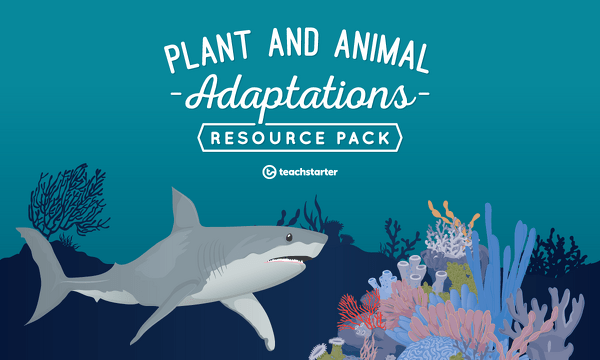
Plant and Animal Adaptations Teaching Resource Pack
A teaching resource pack of posters, worksheets and activities for teaching animal and plant adaptation and evolution.
- Plus Plan
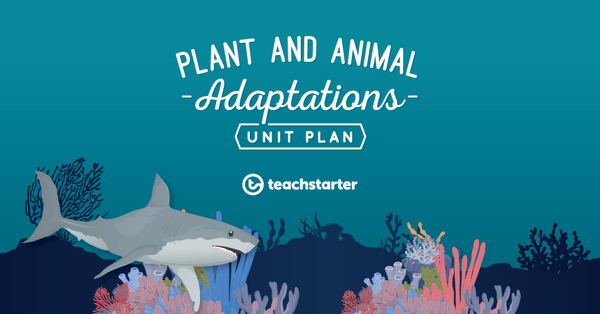
Plant and Animal Adaptations Unit Plan
This Science unit addresses the concept of plant and animal adaptations.
- Plus Plan
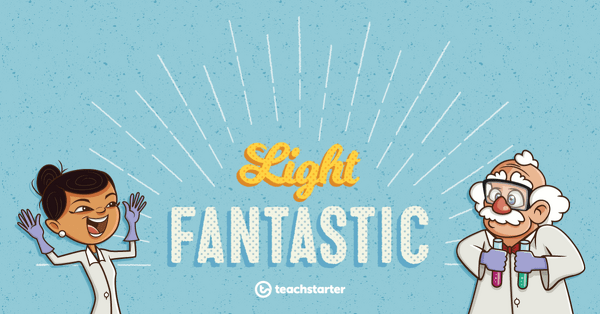
Light Fantastic Unit Plan
This Physical Sciences unit addresses the properties of light. It explores the phenomena of reflection, refraction, shadow and more.
- Plus Plan
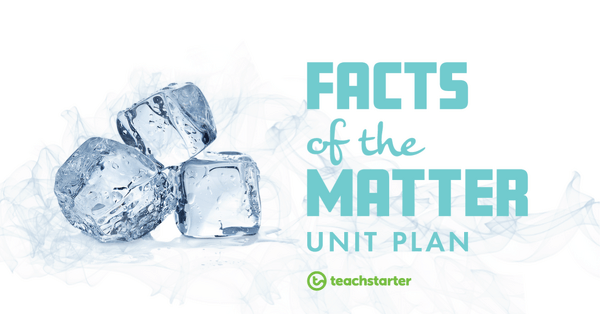
Facts of the Matter
This Chemical Sciences unit explores the concept that solids, liquids and gases have different observable properties and behave in different ways.
- Plus Plan
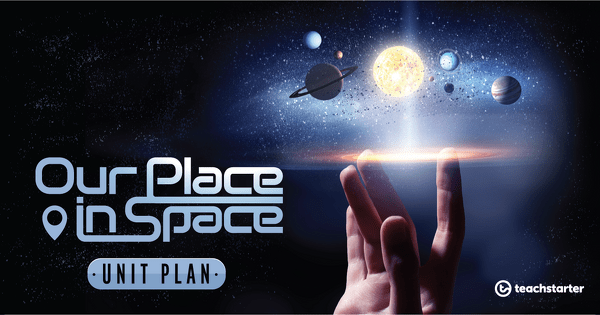
Our Place in Space - Unit Plan
This Earth and Space Sciences unit explores the concept that Earth is part of a system of planets orbiting around a star (the sun).
- Plus Plan
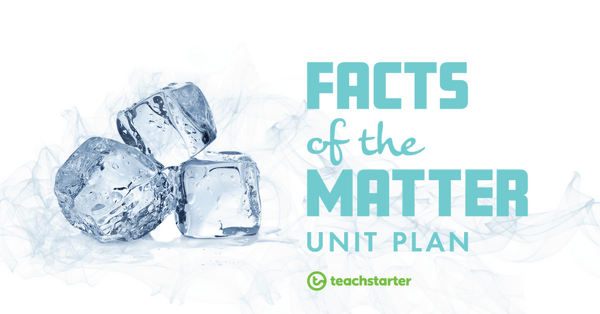
Going, Going, Gone!
A 60 minute lesson in which students will recognise that substances exist in different states depending on the temperature.
- Plus Plan

Understanding States of Matter
An assessment task designed to assess students' knowledge and understanding of solids, liquids and gases, their properties and their behaviour.
- Plus Plan
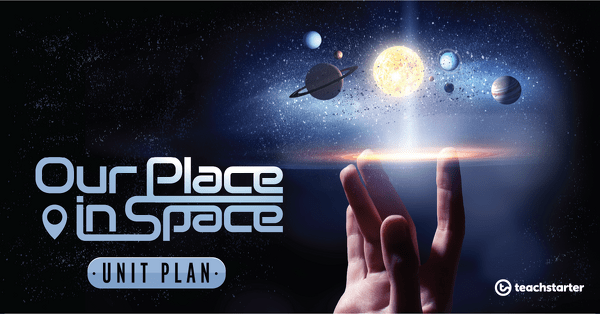
The Solar System Begins
- Plus Plan
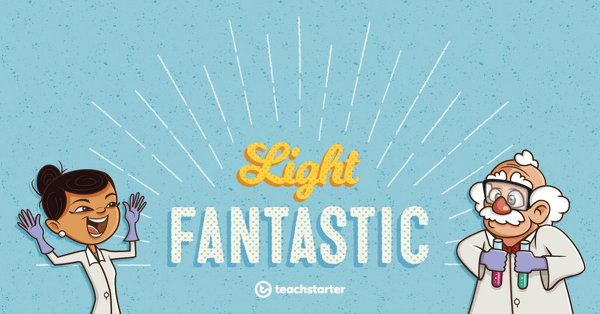
What is Light?
A 60 minute lesson in which students will research the concept of light and generate a list of statements that can be tested.
- Plus Plan
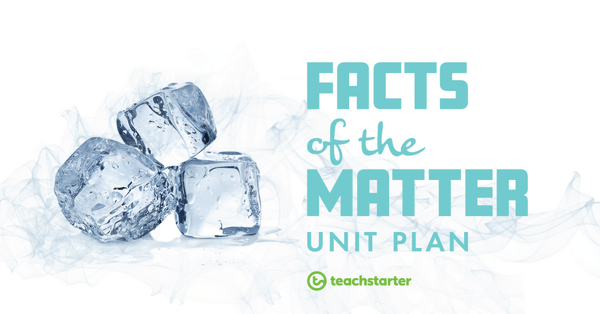
Knowing Matters!
A 60 minute lesson in which students will explore how knowledge of states of matter and their changes can help inform practices and decision making.
- Plus Plan

Changing States of Matter
A 60 minute lesson in which students will explore the way solids, liquids and gases change in different situations.
- Plus Plan
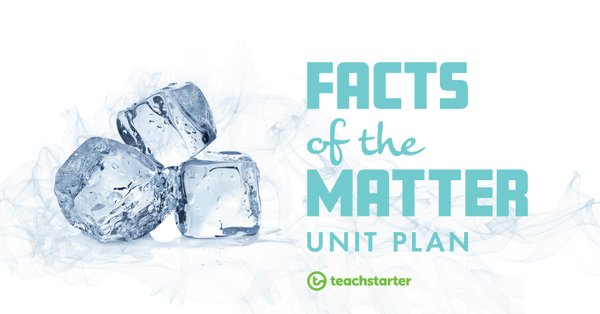
What's the Matter?